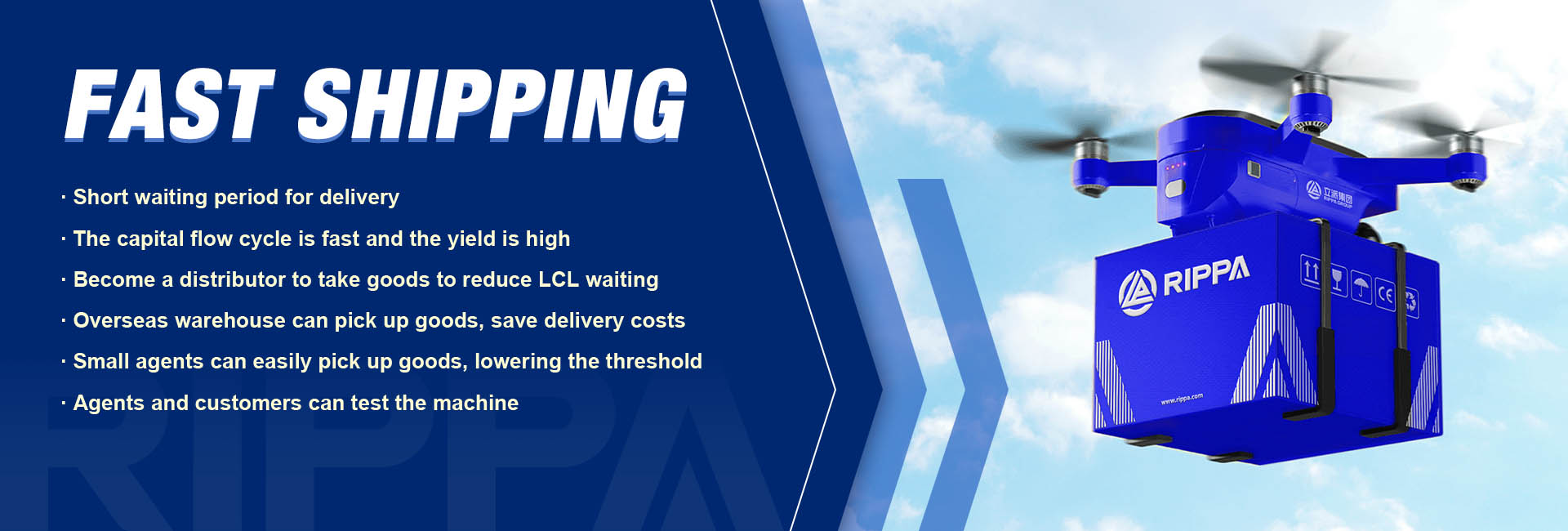In today’s fast-paced world, efficient inventory management and strategic distribution center operations are crucial for businesses striving to meet customer demands promptly. The United States, with its vast landscape and diverse economic activities, presents unique challenges and opportunities for Distribution Center. Rippa, a leading name in logistics and supply chain solutions, has recently unveiled its four major Distribution Center layouts in the United States. These layouts are designed to optimize operations and improve inventory management across various industries.
Warehouse layouts are not just about placing shelves and storage units. They are strategic designs that impact how efficiently goods move through the supply chain. The right layout can enhance productivity, reduce costs, and improve service levels.
Distribution Center layouts play a significant role in the overall efficiency of distribution centers. A well-planned layout helps in:
Rippa has focused on creating layouts that cater to different needs and business models. Let’s dive into these four major layouts and see how they fit into the United States’ warehousing landscape.
The U-shaped warehouse layout is one of the most popular designs used in the United States. It is characterized by the flow of goods in a U-shaped pattern, which allows for efficient loading and unloading.
The L-shaped layout is designed for warehouses located on corner plots or spaces that require separation between shipping and receiving areas.
This layout is often used in long, narrow spaces and is ideal for operations that require a straight flow of goods.
Cross docking is a layout designed to keep goods moving from suppliers to customers with minimal storage time. It is a popular choice in the fast-paced distribution environment of the United States.

Selecting the right warehouse layout involves more than just the physical space. Here are some key considerations:
The size of the warehouse and available space play a crucial role in determining the layout. Consider the volume of goods and the type of products being handled.
Different types of goods require different handling and storage methods. For example, perishable goods might need a layout that supports quick turnover, while heavy goods might require more robust storage solutions.
Modern warehouses often rely on technology for inventory management and operations. Ensure that the chosen layout can accommodate technological systems such as automated picking and inventory tracking.
Plan for future growth by choosing a layout that can be easily adapted or expanded as the business grows.
Rippa’s four major warehouse layouts offer strategic solutions for businesses looking to optimize their distribution centers in the United States. By understanding the unique advantages of each layout and carefully considering business-specific needs, companies can significantly improve their inventory management and operational efficiency.
Whether you’re a small business owner or a large corporation, choosing the right warehouse layout is a critical step towards achieving logistical success. Embrace the potential of these layouts to streamline your supply chain and meet the ever-evolving demands of the market.
Tel: +8615628788742
Email: contact02@rippa.com
WhatsApp: Rippa Excavator
Address: The sixth industrial park,Jining city,Shandong Province,China